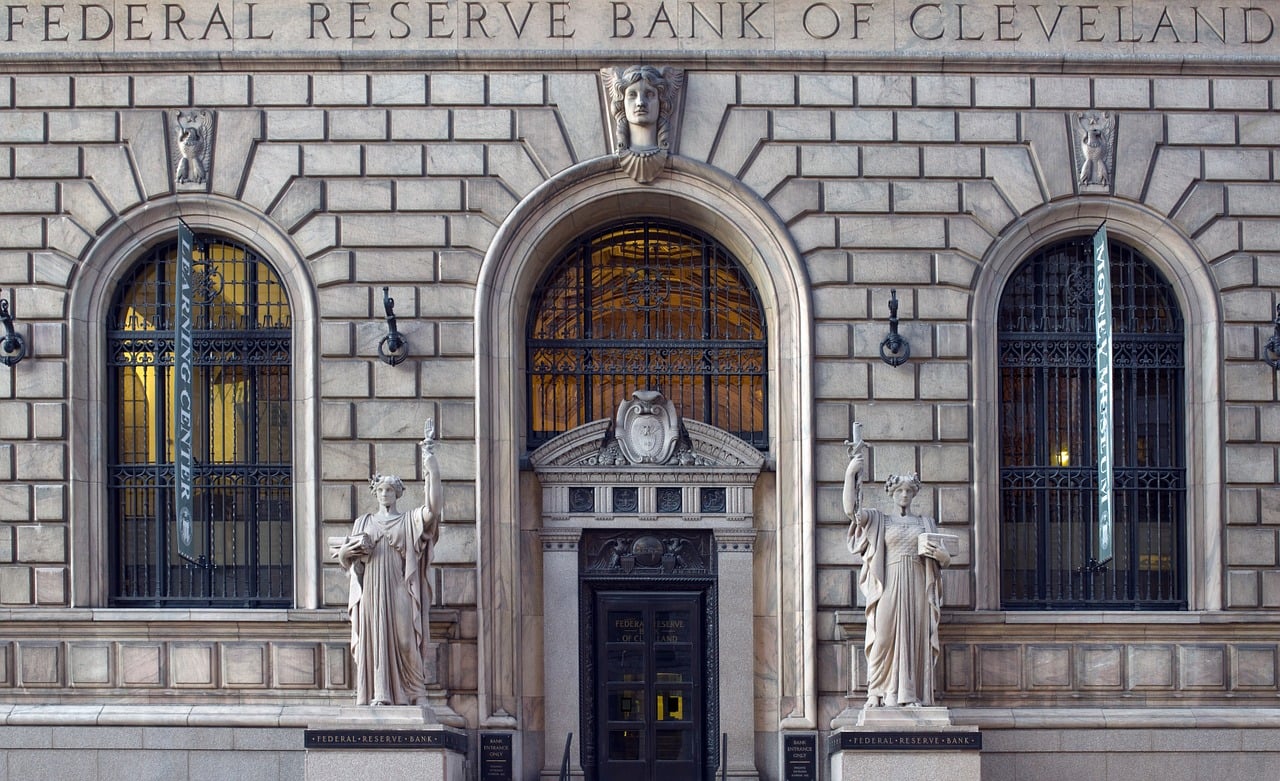“It’s tough to make predictions, especially about the future” is a quote attributed to the Hall of Fame, baseball-playing philosopher, Yogi Berra. The financial markets, it seems, currently have a singular focus on Jerome Powell and the Federal Reserve Board, anxiously awaiting a cut in the target fed funds rate. While no rate hike is expected this week, the consensus of the market is that two 25-basis point rate reductions this year (July and December) are the most likely scenario. The CME’s FedWatch Tool — which bases probabilities of possible target rate changes on fed funds futures contract prices — indicates an 87% chance of a rate reduction by July, and a nearly 90% probability of two 25-basis point rate cuts by December.
When the rate cut finally comes to fruition, it will represent a seminal change in Federal Reserve monetary policy. You see, the Fed hasn’t cut the target fed funds rate since December of 2008. In the past ten years the Fed has increased the fed funds rate a total of nine times while the real economy has recovered from the ravages of the Financial Crisis.
Q1 hedge fund letters, conference, scoops etc
President Trump has backed Jerome Powell and the Fed into a corner with his contentious trade policy with China and his continued calls for monetary easing. The imposition of tariffs, the disruption of supply chains, and the increasing uncertainties they bring, are serving to introduce much more variability to strategic and operational planning for corporations. They have the potential to contribute to driving the US and global economies into recession. Much like the behavioral finance concept of the wealth effect for individuals — that is, the theory suggesting that when portfolio values are rising because of accelerating stock prices, individuals feel more comfortable and confident about their wealth, which causes them to spend more — the wealth effect is present in the corporate arena. Specifically, when stock prices are rising, corporate managements are more willing to embark on ambitious capital spending programs and invest in expansion. Conversely, when stock prices are falling, corporate managements are less willing to commit capital to expansion projects, and instead deploy excess cash to stock buybacks (as stock prices are depressed).
Easier monetary policy can influence the real economy through lower interest rates and can serve to counteract, the Trump Administration’s tariff actions. The President’s acrimonious comments regarding Powell and the Fed serve to set the Fed up to be the scapegoat should the US economy fall into a recession. In essence, Powell and the Fed Board of Governors will likely be forced to lower rates as a preemptive strike against economic weakness. The mitigating factor is the Fed wants to be seen as independent of political pressure.
The association between Fed monetary policy and capital market returns has been the focus of my academic research program over the past thirty years. Along with collaborators Gerald Jensen of Creighton University, and Luis Garcia-Feijoo of Florida Atlantic University, I founded Economic Index Associates (EIA). EIA develops investable indexes based upon Federal Reserve monetary policy.
In Invest with the Fed (McGraw-Hill), Professors Jensen and Garcia-Feijoo and I found that from 1966 through 2017, the S&P 500 returned 15.2 percent annualized when rates were falling and only 5.8 percent when rates were rising. We also found that small stocks outperformed large stocks during a falling interest rate environment. Our research shows that certain stock market sectors perform relatively better than other sectors when rates are falling. The best performing stock sectors when rates are falling are apparel, autos, and retail. Lower rates prove to provide fuel to spending for consumers. The best performing sectors when rates are rising are energy, utilities, consumer goods and food. People need to eat, put gas in their cars, brush their teeth and heat their homes regardless of the direction of interest rates.
Responding to global economic events like Brexit, the Greek debt crisis or any of the various crises de jour, is a loser’s game. On the other hand, monitoring Fed monetary policy is worth the investor’s time and effort. In the late Marty Zweig’s words, “money makes the mare go.”
Robert R. Johnson, PhD, CFA, CAIA, is CEO and Chair of Economic Index Associates. He is also Professor of Finance, Heider College of Business, Creighton University.






